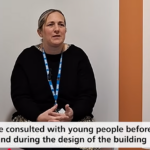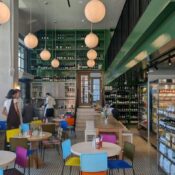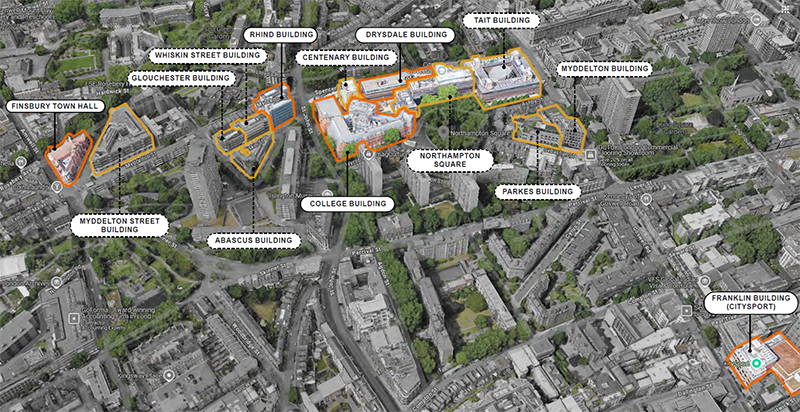The first draft of the Article before publishing in Fortis – A candid letter to the incoming Minister for Health and Social Care:
Dear Wes,
I’m writing regarding the mandate your new government has for a fundamental reset of our ailing NHS estate. Here is my 10-point prescription for an ambitious approach that is as strategic as it is deliverable:
- Bend the rules
Older Health Building Notes (HBNs) allow for professional interpretation. Emerging guidance lands more like rules and frankly that’s a different beast, one which stifles creativity and flexibility. Can we get back to concise, well-researched documents for clinicians and designers to use as their starting point?
- Tailor standardisation
I do think that standardisation is part of the answer – but it’s not ALL the answer. There’s no need to reinvent things endlessly, but hospitals are not drive-thrus; they will always be a contextual response to local geography and health need.
- Learn from the experts
Healthcare architecture is blessed with veterans who have worked through building cycles and know what was successful, and why. Talk to them, use them! Between the late 1970s and early 1990s, 150 nucleus hospitals were built that remain the backbone of acute estate: this was standardisation done well.
- Get back to the masterplan
Nearly every acute NHS site has become encrusted with carbuncular extensions hurriedly procured with flash-sale funding. Study the palimpsest of the original site and strip things back to basics. Acute sites demand urban design-level thinking and a rigorous development control plan (DCP).
- Deliver new models of care
New hospitals get votes, but old hospitals can be revitalised if less complex services are released into the community. Think of the Health on the High Street campaign, where redundant shops are being repurposed to provide integrated community health hubs where they’re needed most.
- Choose the best spot
Hospitals and healthcare systems are urban-scale systems, and key organs of our towns and cities. Working with local authorities as key partners in designing integrated services will accelerate patient access, reduce environmental impact and improve wellbeing.
- Break out of the boom-and-bust cycle
Never again should a politician wave a promise of new hospitals, irrespective of clinical needs and strategy. Long-term planning must happen beyond political meddling, ensuring equity of coverage and consistency across a project’s lifetime, which will likely last longer than a party’s term in office.
- Don’t forget mental health
The aftermath of the pandemic looms over an already struggling service in buildings that are not fit for purpose. The environment where care is delivered is critical for recovery – none more so than in mental health. Standard must improve for patient safety, dignity and care.
- Look after the staff
Visit an old, failing hospital – there’s at least 150 to choose from – and look at the staff room or, if they even exist, the staff changing area. NHS staff are the most valuable resource we have: providing enough space to make a cup of tea or take a shower after a gruelling shift is not a luxury, it’s a basic need.
- Change the funding model
Focus less on available capital, and more on on-costs, added value or operational savings. As unfashionable as it may seem, there is a lot to learn from the PFI programme and how a new model for public and private partnership can fuel the economy and help save our NHS.
Good luck with the new job – sincerely,
Jaime Bishop
news














